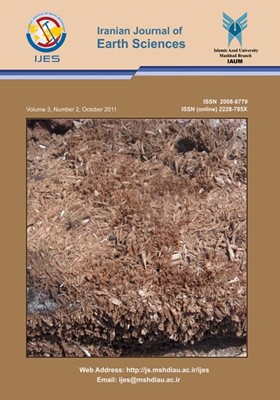Artificial Intelligence for prediction of porosity from Seismic Attributes: Case study in the Persian Gulf
Subject Areas : MineralogyA. Hosseini 1 , M. Ziaii 2 , A. Kamkar Rouhani 3 , A. Roshandel 4 , R. Gholami 5 , J. Hanachi 6
1 - Faculty of mining & petroleum engineering, Shahrood University of Technology.
2 - Faculty of mining & petroleum engineering, Shahrood University of Technology.
3 - Faculty of mining & petroleum engineering, Shahrood University of Technology.
4 - Faculty of mining & petroleum engineering, Shahrood University of Technology.
5 - Faculty of mining & petroleum engineering, Shahrood University of Technology.
6 - Geology Division, Iranian Offshore Oil fields Company (IOOC), Tehran, Iran.
Keywords:
Abstract :
Porosity is one of the key parameters associated with oil reservoirs. Determination of this petrophysical parameter is an essential step in reservoir characterization. Among different linear and nonlinear prediction tools such as multi-regression and polynomial curve fitting, artificial neural network has gained the attention of researchers over the past years. In the present study, two-dimensional (2D) seismic and well logs data of the Burgan oil field were used for prediction of the reservoir porosity. In this regard, broad-band acoustic impedance was first extracted from 2D seismic dataset, as the attribute most related to porosity. Next, other optimum seismic attributes were selected using stepwise regression and cross validation techniques. At the end, three types of neural network were used for inversion of seismic attributes and prediction of reservoir porosity. The results show that probabilistic neural network (PNN) is the best one for prediction of the reservoir porosity using seismic attributes.


